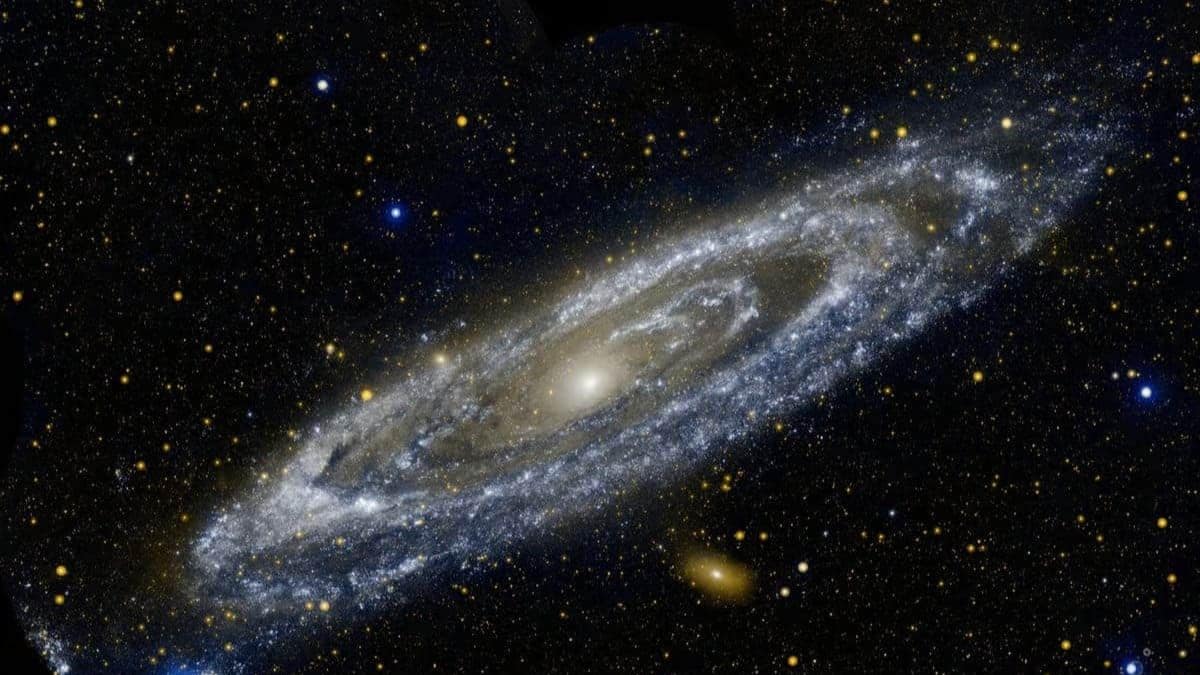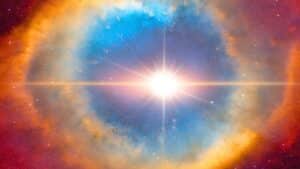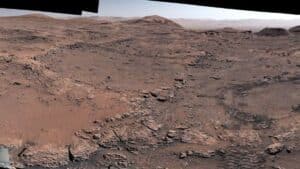The universe has always fascinated astronomers with its mysteries, and one of the most intriguing cosmic dramas involves our own galactic neighborhood. Recent scientific findings suggest that the long-predicted collision between the Milky Way and Andromeda galaxies might not be as inevitable as previously thought. This cosmic revelation challenges decades of astronomical certainty and opens new questions about our galactic future.
New data challenges the anticipated galactic collision
For decades, astronomers believed with near certainty that the Andromeda galaxy (M31) and our Milky Way were on an inevitable collision course. This cosmic encounter was expected to occur in approximately 5 billion years, resulting in a spectacular merger that would transform both spiral galaxies into a single elliptical structure.
However, a groundbreaking study published in Nature Astronomy has dramatically altered this prediction. Using precise measurements from the Hubble Space Telescope and the European Space Agency’s Gaia mission, scientists have conducted over 100,000 simulations of the future interactions between these massive stellar systems. The results are surprising: the likelihood of a collision within the next 5 billion years has dropped to a mere 2%.
These revised models now suggest that if a merger does occur, it would likely happen in 8 to 10 billion years—significantly later than previously calculated. This temporal shift results from including gravitational influences previously underestimated, particularly the Large Magellanic Cloud’s pull on our galaxy.
In 2019, Iceland Approved the 4-Day Workweek: Nearly 6 Years Later, All Forecasts by Generation Z Have Come True
At 94, He’s One of Apple’s Biggest Shareholders, and Doctors Can’t Explain How He’s Still Alive-Coca-Cola and McDonald’s Are Part of His Daily Routine
Cosmic forces at play in our local galactic group
Andromeda appears several times larger than the Moon in our night sky when observed with appropriate instruments. This proximity within our Local Group—a cluster containing approximately 100 galaxies within a 3-million-light-year volume—creates complex gravitational interactions that astronomers are still working to fully understand.
Unlike distant galaxies that show redshift due to universal expansion, Andromeda actually exhibits a blueshift in its spectrum, indicating movement toward our galaxy. This observation initially led astronomers to predict the eventual collision, but the gravitational dance is more complex than previously modeled.
Current research incorporates several key factors affecting galactic trajectories:
- The gravitational influence of M33 (Triangle Galaxy)
- The significant pull of the Large Magellanic Cloud
- Dark energy’s effects on large-scale cosmic movement
- Local gravitational binding that counters universal expansion
The inclusion of these factors, particularly the Large Magellanic Cloud’s influence, has substantially altered predictions about when—or if—the Milky Way and Andromeda will merge.
Understanding cosmic expansion and gravitational binding
The concept of an expanding universe traces back to Alexander Friedmann and Georges Lemaître, who independently derived this conclusion from Einstein’s general relativity in the 1920s. This expansion manifests as spectral shifts in light from distant galaxies—a phenomenon Edwin Hubble later observed.
However, not all cosmic structures participate equally in universal expansion. The gravitational fields of stars and galaxies create locally bound regions where expansion effects become negligible. This explains why our Solar System and the Milky Way maintain their structure despite cosmic expansion.
| Cosmic Structure | Affected by Universal Expansion? | Primary Governing Force |
|---|---|---|
| Distant Galaxies | Yes | Dark Energy |
| Local Group | Minimally | Mutual Gravity |
| Individual Galaxies | No | Galactic Gravity |
| Solar Systems | No | Stellar Gravity |
This interplay between cosmic expansion and gravitational binding creates a complex framework for predicting galactic movements. While space itself expands between distant galaxies, the gravitational forces within the Local Group create a separate dynamic that astronomers continue to model with increasing precision.
It races through the universe at 300,000 km/s - and never runs out of energy
Beneath your feet: an ancient forgotten continent resurfaces in Europe
Future glimpses through galactic collisions
If Andromeda and the Milky Way eventually merge, astronomers believe the result might resemble Centaurus A—a galaxy located approximately 13 million light-years away. This cosmic entity likely formed from the collision of two spiral galaxies 1-2 billion years ago, resulting in a structure between elliptical and lenticular forms.
Galactic collisions, while seemingly catastrophic, actually play crucial roles in cosmic evolution. These events trigger massive star formation and can create conditions favorable for the emergence of specific stellar types that produce essential elements like oxygen—potentially creating environments where life might eventually develop.
The revised timeline doesn’t eliminate the possibility of an Andromeda-Milky Way merger, but it significantly extends our galaxies’ independent futures. This cosmic reprieve gives astronomers valuable additional time to study these magnificent spiral structures before they potentially transform through their eventual interaction.







